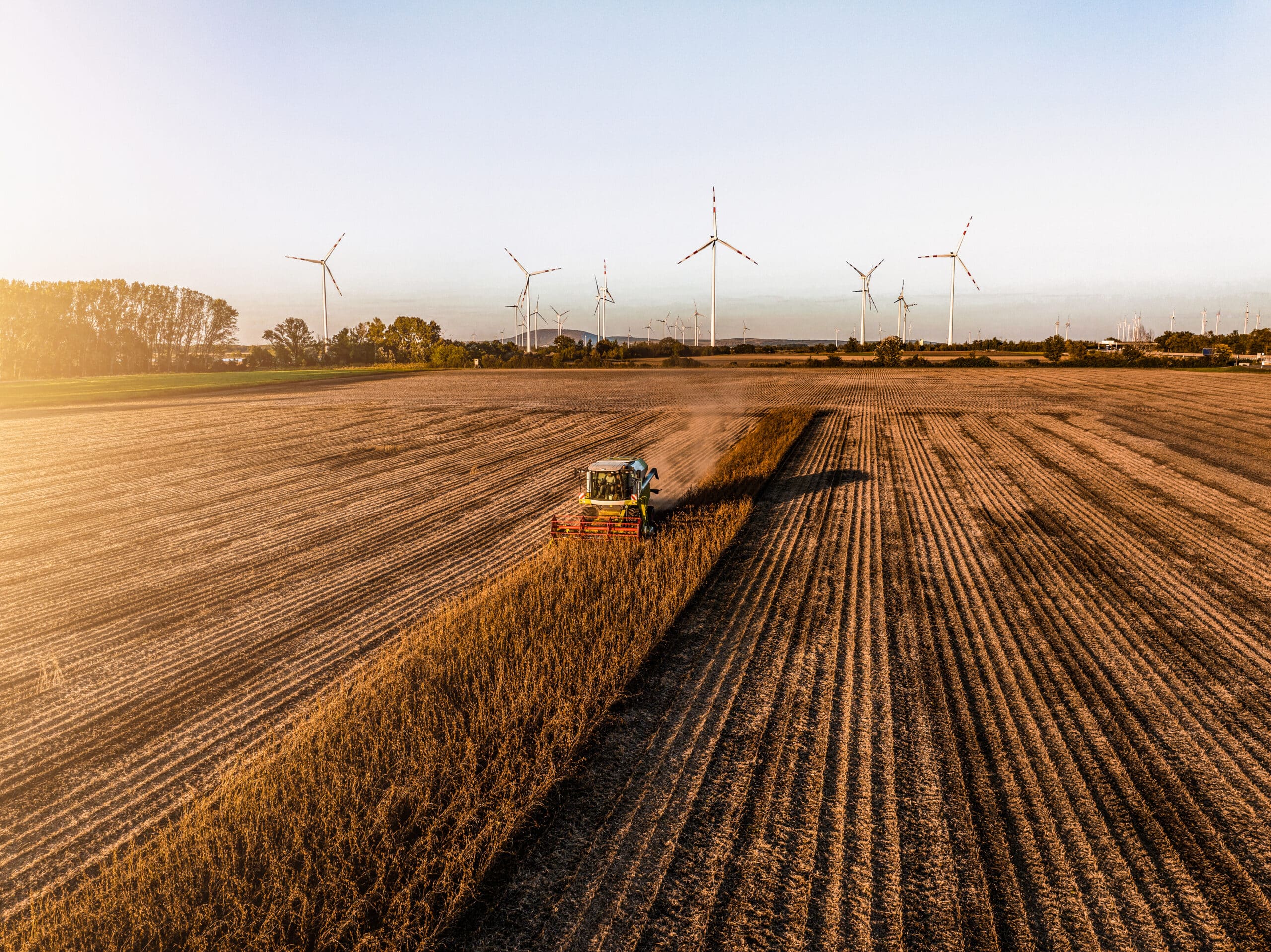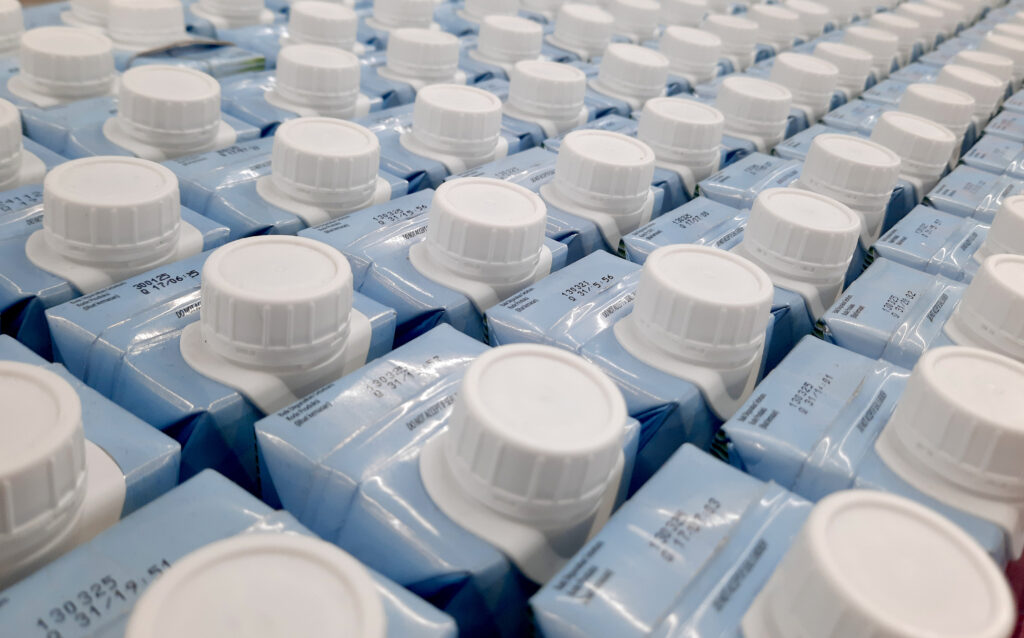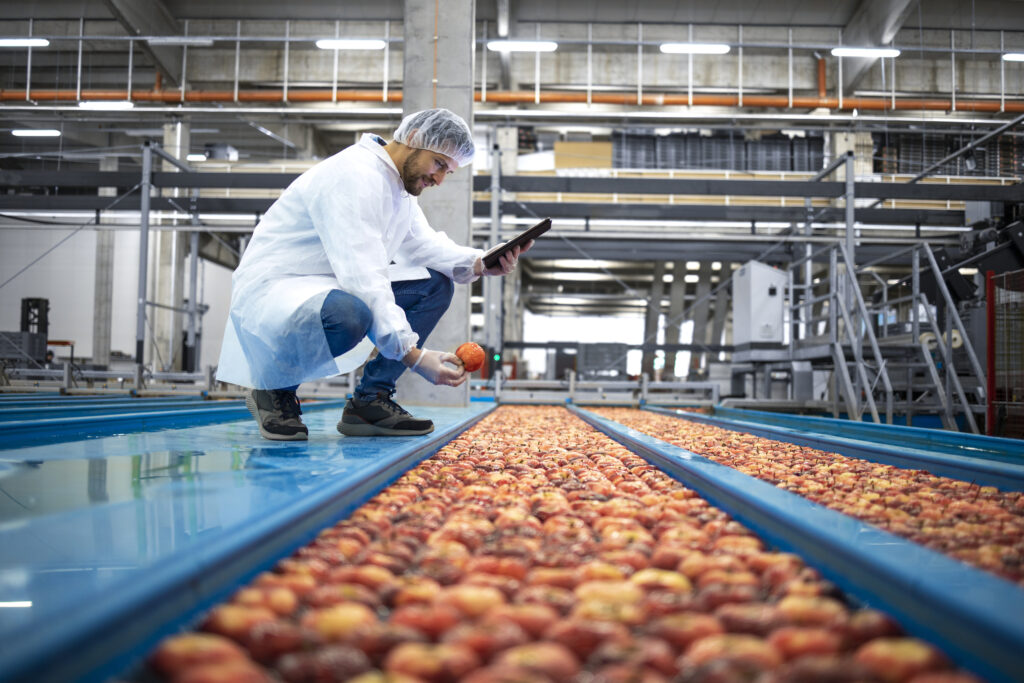Featured in:
Food Navigator
British Baker
From labour shortages to climate chaos, the food and drink industry is facing disruption on multiple fronts. James Watson, Partner UK, assesses current challenges affecting the food and drink industry.
What are the leading challenges facing the food and drink industry today?
Workforce challenges and technological change stand out as the most pressing issues, each cited by 43 percent of operations leaders as uncovered in our Operations outlook report. Labour shortages are constraining production capacity and stretching supply chains, while the pace of technological transformation is forcing businesses to modernise systems and processes quickly, often without a clear roadmap.
Inflation and the threat of recession are compounding these pressures by driving up costs across packaging, energy, and raw materials, making it harder for firms to protect margins. Particularly hard-hit commodities include cocoa and coffee. While prices are rising, albeit slower than raw material inflation, it is still one factor in why there is an overall volume decline in the market, which is disproportionately impacting short-life, high-capital, low-margin and bulky products, This is why sub-industries like industrial bakeries and dairy are beginning to show signs of difficulty.
Beyond these headline challenges, businesses also have to contend with changing consumer demands, increasing regulatory and compliance pressures, and persistent supply chain vulnerabilities. Consumers are looking towards healthier, more sustainable, and better-value options at a time when delivering those products has never been more expensive. Regulators, meanwhile, are tightening requirements around packaging, emissions, and traceability, leaving firms with little room to delay investment in compliance.
Supply chains remain fragile, with disruption from geopolitical instability and extreme weather continuing to affect the availability and price of key ingredients. Taken together, this is creating what feels like a “perfect storm” for food and beverage leaders: an environment where costs are rising, consumer expectations are evolving, and the skills required to respond are in short supply.
How are these challenges affecting manufacturers and the food and beverage production landscape?
These challenges are reshaping the production landscape and creating a clear divide between businesses that are adapting and those that are struggling.
On a positive note, two-thirds of leaders we surveyed as part of our Operations Outlook 2025 report said that strategies they’ve put in place, things like automation, building closer supply chain partnerships, and adopting more agile operating models, have already delivered tangible benefits. We’re also seeing longer-term retailer-supplier agreements, such as the 10-year deals Sainsbury’s has signed with Moy Park and Cranswick, which are giving companies the confidence to invest in areas with longer payback periods.
Alternatively, around one in four leaders told us their strategies had little to no effect or even made disruption worse. That reflects how hard it is to solve structural problems like persistent labour shortages, relentless inflation, and geopolitical uncertainty with short-term fixes. When coupled with stunted growth or decreasing volumes the result is a widening gap in the market, some manufacturers are positioning themselves for long-term resilience, while others are at risk of being left behind.
How can organisations better prepare to tackle these challenges? Is AI adoption vital to adapt to disruption and build long-term resilience?
To build real resilience, food and beverage businesses need to prioritise three areas: people, technology, and partnerships. On the workforce side, investing in skills and retention is essential if firms are to overcome persistent labour shortages. This includes upskilling and enabling frontline staff to be more self-sufficient, maintaining and improving manufacturing lines, and focusing not only on performance improvement but also on job satisfaction.
AI also offers great potential, but our research report shows fewer than 40 percent of operations leaders in food and beverage businesses have a clear roadmap for adoption. The key is to start with a clear goal: What value are we trying to deliver? Used effectively, AI can help overstretched teams by improving forecasting, optimising production, and reducing waste. For example, leveraging techniques like transfer learning allows us to utilise models that are trained on broad food production data and adapt them for niche tasks, such as predicting spoilage in artisanal cheeses, while reducing development costs and speeding up implementation.
Ultimately, stronger collaboration with suppliers and retailers will be key, from co-investing in logistics to embedding sustainability and traceability into day-to-day operations. Businesses that act decisively in these areas will be best placed to thrive.







